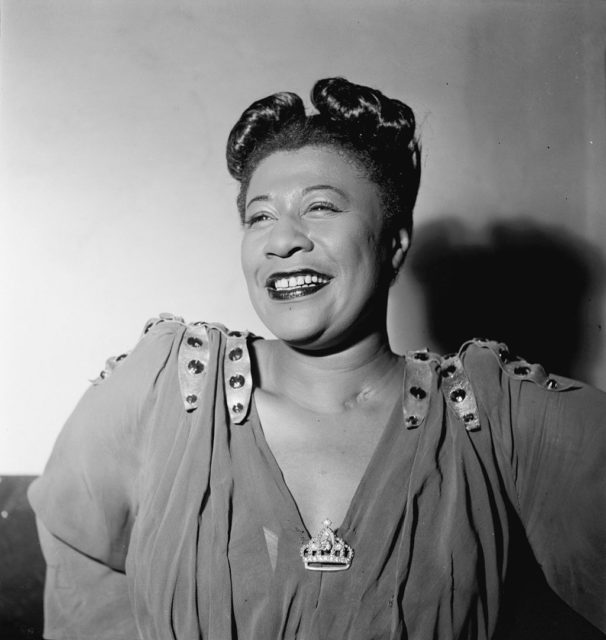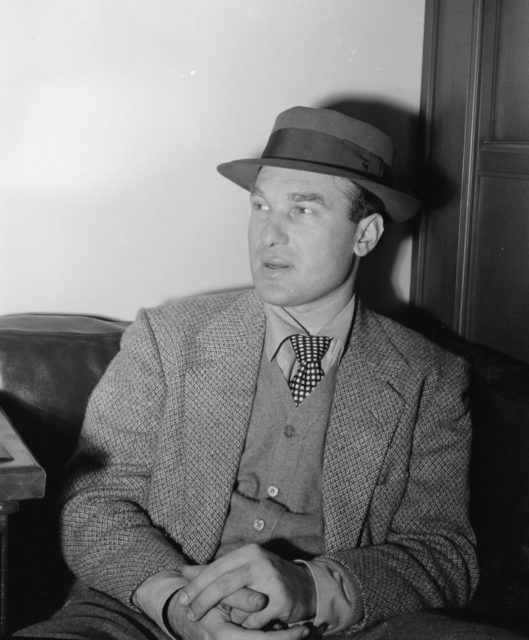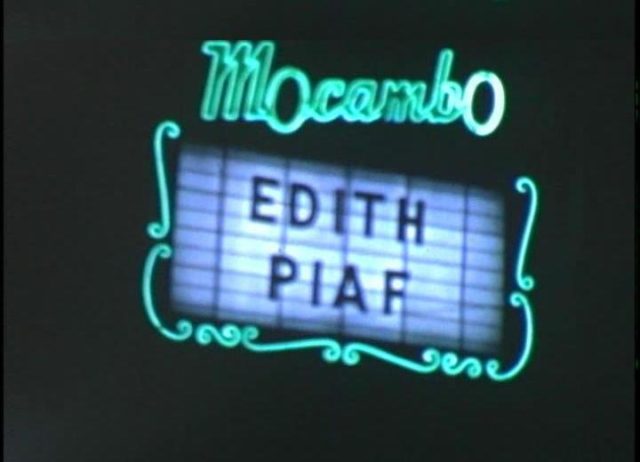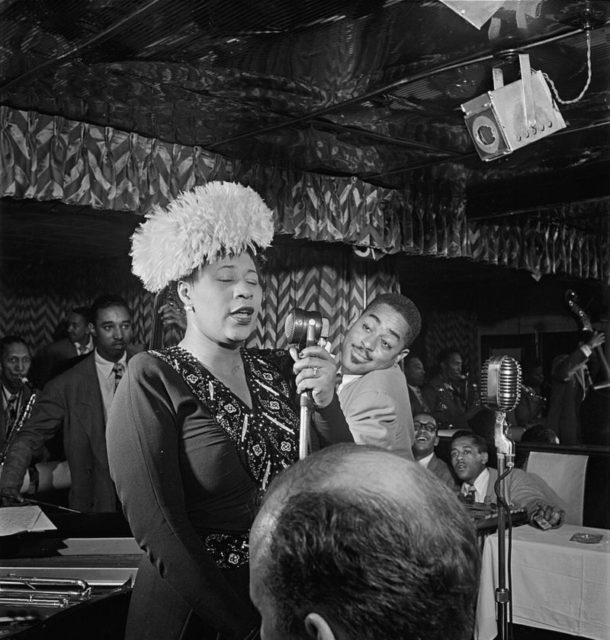Ella Fitzgerald with her inimitable voice, oozing with profound energy and purity is now widely remembered and regarded as The Queen of Jazz and the First Lady of Song. In 1993, Fitzgerald capped off her sixty-year career with her last public performance. But it didn’t start so smooth for Lady Ella; being a black Jazz-singer in a time of segregation was surely not easy.

In the 1950s, Fitzgerald was under the management of Norman Granz, now acknowledged as “the most successful impresario in the history of jazz,” but also known for his anti-racist position and for integrating audiences. At the time, like most of the African-American musicians, Lady Ella was constantly facing the ugly face of segregation and adversity, especially in the Jim Crow states. Luckily, Granz, known as a civil rights proponent, relentlessly stood up for Ella and rest of his musicians insisted on equal treatment for all of his musicians in hotels and venues.

Despite Granz’s efforts there were many obstacles, specifically for the more popular African-American artists as Ella Fitzgerald. Regardless of their popularity black musicians were often limited to a few ventures, and on top of that they had to enter through the back of the house
In spite of all her struggles, Lady Ella was lucky enough to know a person, her biggest fan in fact, so important and pure in intention that her actions thoroughly changed the career and life of The Queen of Jazz.
During the ’50s, Mocambo was the most popular Jazz club in Hollywood. Mocambo was the place where Frank Sinatra made his LA debut, and place where Clark Gable, Charlie Chaplin, Humphrey Bogart, Lauren Bacall and Lana Turner liked to hang around.

Just because of her race, Ella Fitzgerald was not allowed to play Mocambo. But, it took only a telephone call from Ella’s biggest fan for that to change; Marilyn Monroe. By then already a superstar was a huge fan of Ella, Monroe adored her music and her voice. Annoyed by the injustice of the situation, Monroe called the owner of Mocambo and changed the path of Fitzgerald’s career for good.

Here is how Lady Ella told the story:
“I owe Marilyn Monroe a real debt … she personally called the owner of the Mocambo, and told him she wanted me booked immediately, and if he would do it, she would take a front table every night. She told him – and it was true, due to Marilyn’s superstar status – that the press would go wild.
“The owner said yes, and Marilyn was there, front table, every night. The press went overboard. After that, I never had to play a small jazz club again. She was an unusual woman – a little ahead of her times. And she didn’t know it.” MS magazine. August 1972.

And just like that on March 15, 1955, Ella Fitzgerald opened at the Mocambo, and her biggest fan was there on the front table. This incident, which was a turning point in Fitzgerald’s career, was dramatized in a play by Bonnie Greer in 2005. Lady Ella had a huge influence on Monroe and her singing. In fact, years before the Mocambo phone call, Monroe was studying Fitzgerald recordings to help her practice her own voice. Monroe ultimately turned her into a relatively solid singer.
